American automotive company Tesla has announced another round of layoffs which comes just three weeks after the first wave.
On Sunday, May 5, the electric vehicle manufacturer informed numerous employees they had lost their jobs, many of whom later shared the news on social media.
Tesla Lays Off 10% of Workforce
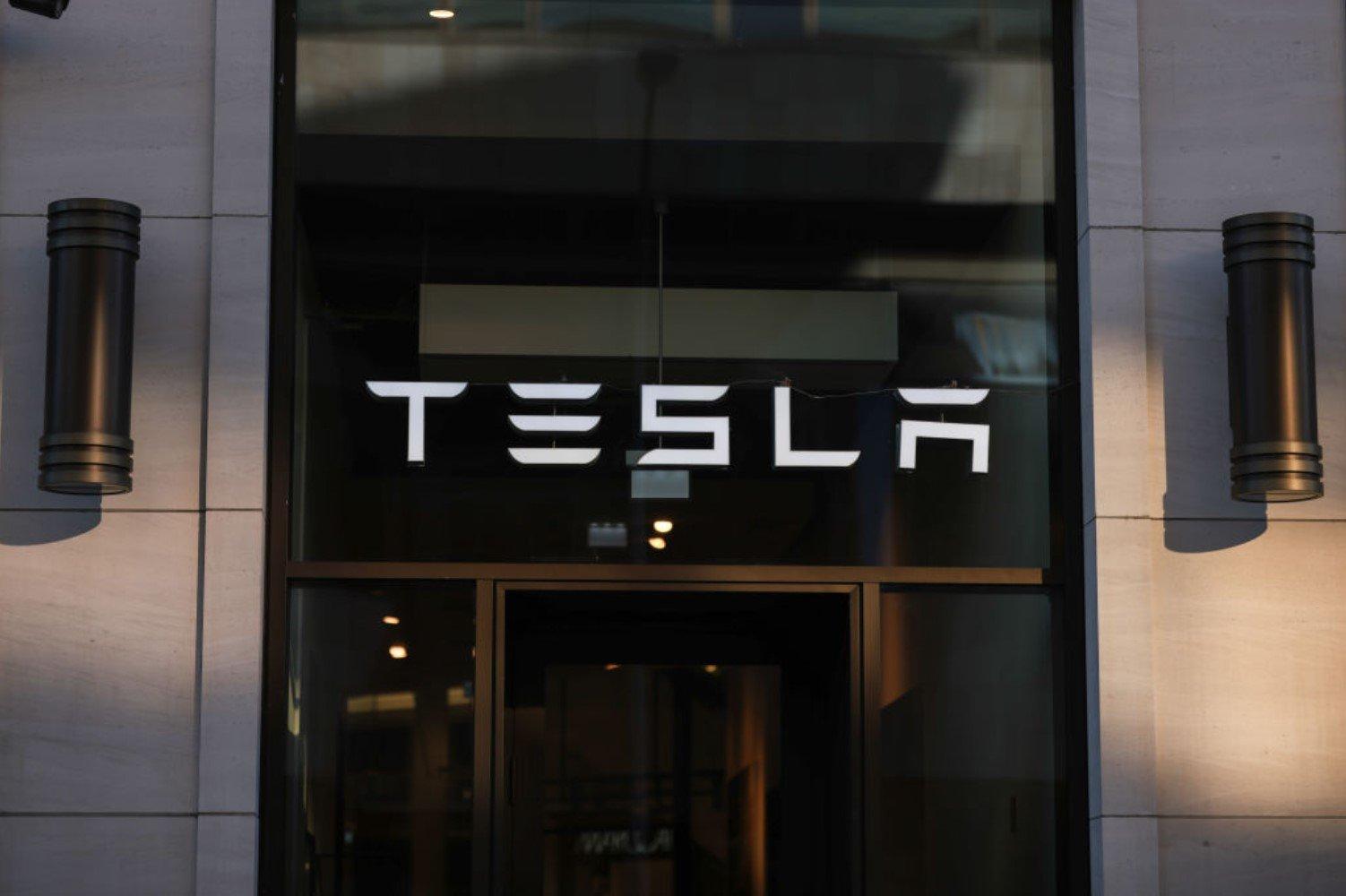
Over three weeks ago, Tesla announced its plans to reduce its workforce by more than 14,000 people.
First reported by Electrek, Elon Musk is quoted as having said there’s nothing more he hates to do, “but it must be done.”
Musk Sends Out Email Confirming Job Cuts
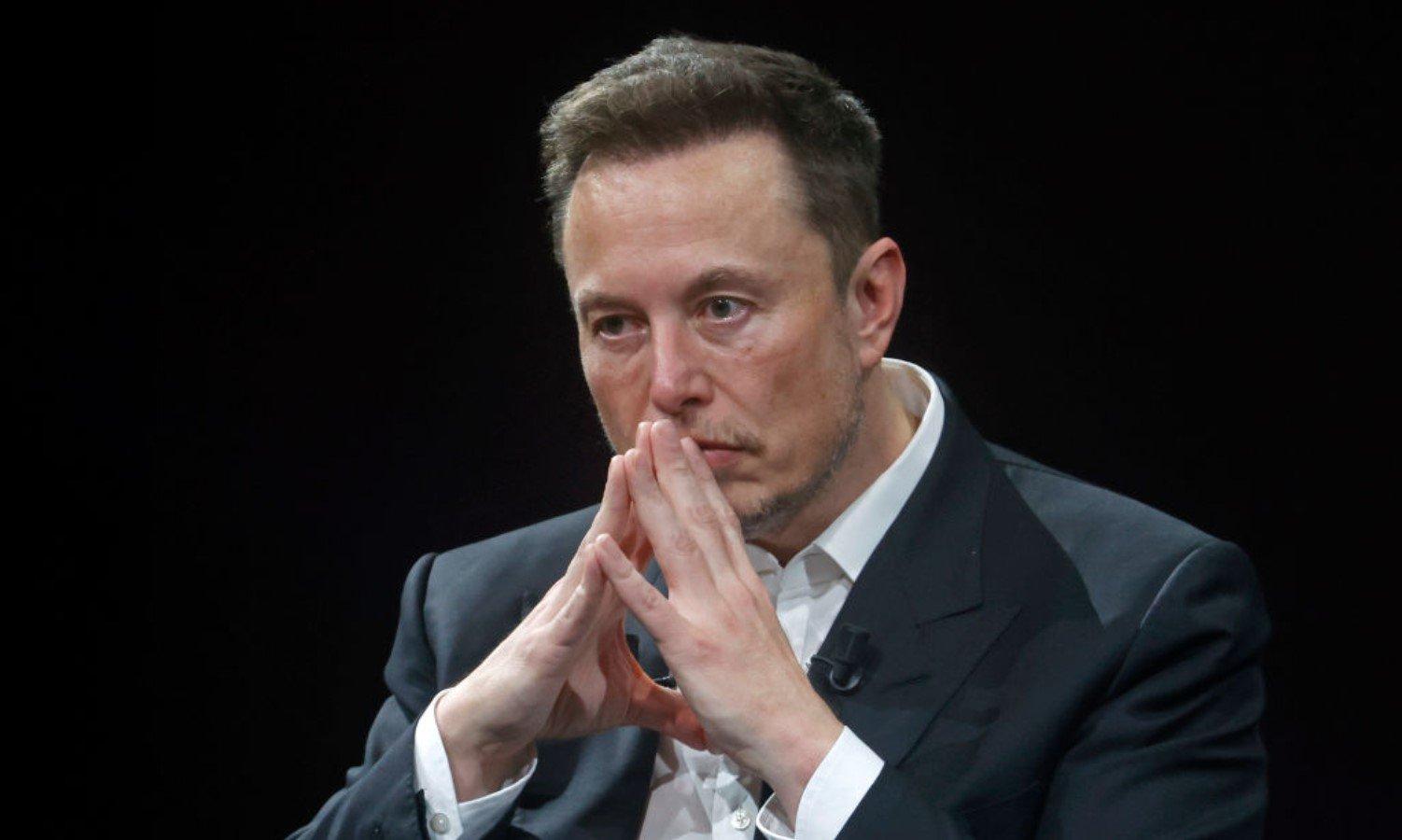
Tesla founder and CEO Elon Musk sent an email confirming that around 10% of the company’s employees were set to lose their jobs.
“We have done a thorough review of the organization and made the difficult decision to reduce our headcount by more than 10% globally,” Musk’s email said.
Difficult Decision to Leave Tesla
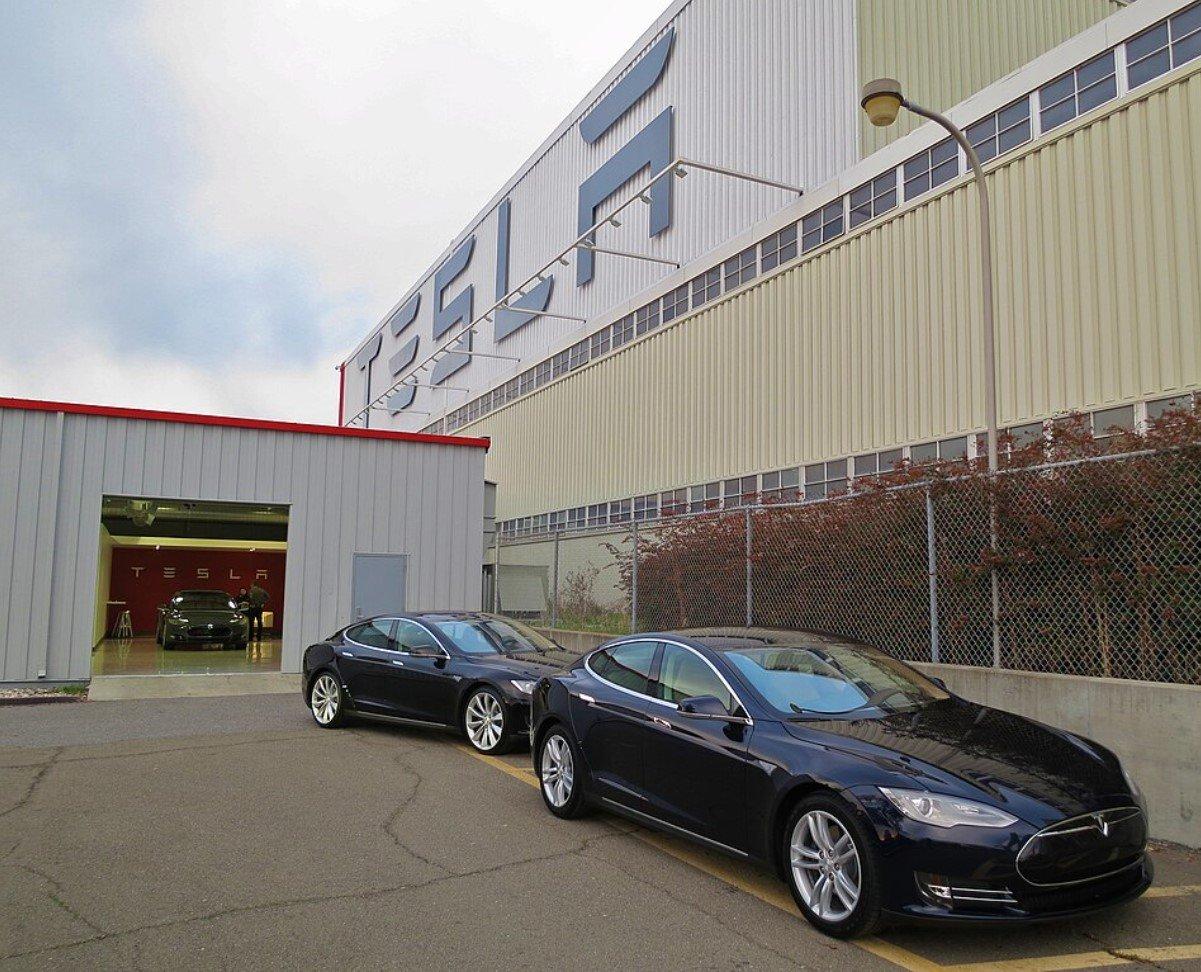
According to the company’s website, Andrew “Drew” Baglino, who’s served as senior vice president of Tesla’s powertrain and energy engineering team since 2019, has also decided to leave.
Baglino took X (formerly known as Twitter) to share his thoughts, stating that it was a “difficult decision” to leave Tesla after almost two decades of service.
Tesla Is Experiencing Problems
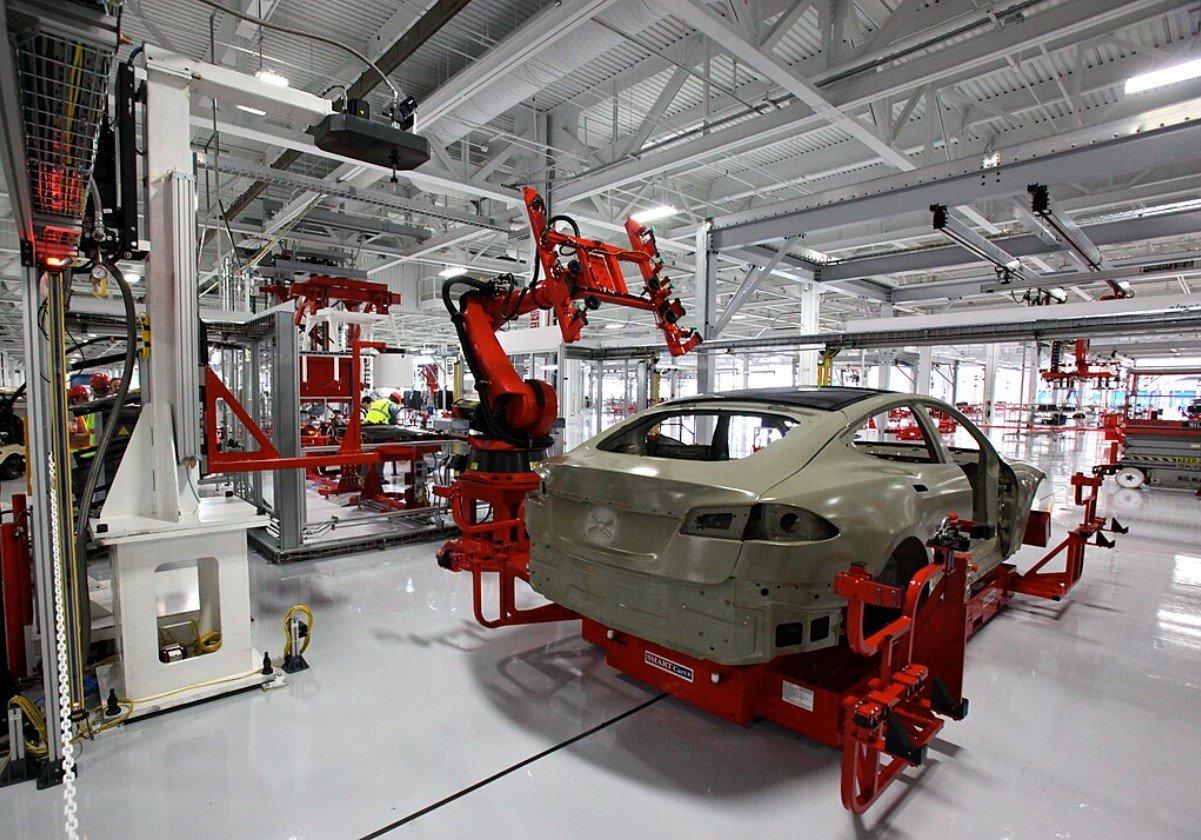
Rohan Patel, another executive who worked in the public policy and business development departments, is also set to leave the company, leading to rumors that Tesla’s growth phase is coming to a halt.
Their departures “signal that Tesla’s major growth phase is meeting serious headwinds,” said Michael Ashley Schulman, chief investment officer at Running Point Capital Advisors, stating it is “the larger negative signal today.”
Musk Continues to Layoff Employees

At the beginning of May, another round of layoffs occurred. This means Tesla has consecutively handed out pink slips for four weeks.
After the announcement, several Tesla workers shared the news of their layoff on LinkedIn, per Business Insider.
Tesla Worker Shares Layoff Story on Social Media

One employee shared a message with his LinkedIn followers, detailing how the last few weeks have been.
“After watching my team gradually slimmed down week after week since mid-April, I received the dreaded ‘Hello Employee’ email this Sunday afternoon,” they wrote.
Living on the Edge

Another LinkedIn user shared the email, which confirmed that she no longer had a job at Tesla. It showed that her last day of work would be May 5.
Numerous Tesla employees have claimed that the continual waves of layoffs have left them fearing that they could lose their jobs at any moment.
We Need Closure, Says Tesla Employee

“I keep waiting for Elon to send another email and tell us they’re finally done firing people,” said one current anonymous Tesla worker.
“We need some level of closure or a sign that we can stop worrying about losing our jobs.”
Workers Continue to Be Let Go in Waves

Since the layoffs began in mid-April, Tesla has laid off countless employees in waves.
Musk claimed that, at the time, the cuts were required due to a “duplication of roles and job functions in certain areas.”
Various Departments Experience Job Layoffs

In the weeks that followed the layoff announcements, various departments lost employees, ranging from recruiters to the marketing team.
Numerous members of Tesla’s Supercharging team, which ensures that the company’s charging stations function optimally, were even let go.
Employees’ Future at Tesla
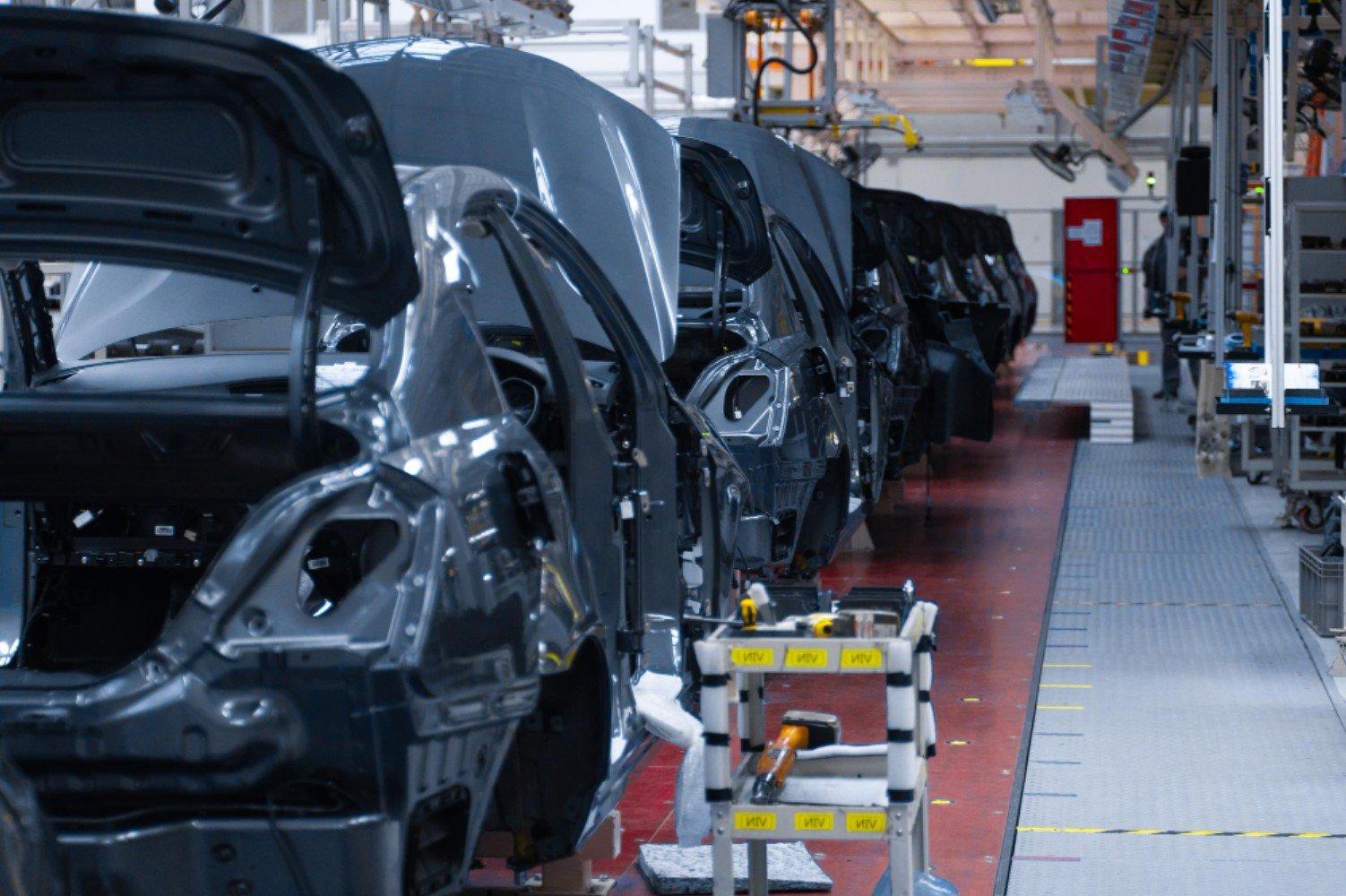
While there’s no way to assess just how long the layoffs will drag out, it’s clear many more people will lose their jobs at Tesla in the coming weeks.
According to company executives, Musk allegedly told them that the company had to become “absolutely hardcore about headcount,” suggesting more extensive cutbacks.
Delays in New Model Releases

The recent layoffs at Tesla have raised concerns about potential delays in the release of new models. Analysts worry that the reduction in workforce, especially in key engineering roles, could slow down the production and innovation pipeline.
Investors and customers alike are watching closely to see how these cuts will affect Tesla’s competitive edge in the market.
Self-Driving Technology Advancements

Tesla’s advancements in self-driving technology may also be at risk due to the layoffs. The loss of key talent and expertise could hinder progress in this crucial area.
Tesla has been a leader in autonomous driving technology, but these staffing reductions might slow down further innovations and improvements. This could give competitors an opportunity to catch up and challenge Tesla’s dominance in the self-driving car market.
Stock Volatility Post-Layoffs

Following the announcement of consecutive layoffs, Tesla’s stock experienced notable volatility. Investors are expressing concern over the company’s future stability and growth prospects.
While some view the layoffs as a necessary step for operational efficiency, others worry about the potential long-term impacts.
Mixed Reactions from Financial Analysts
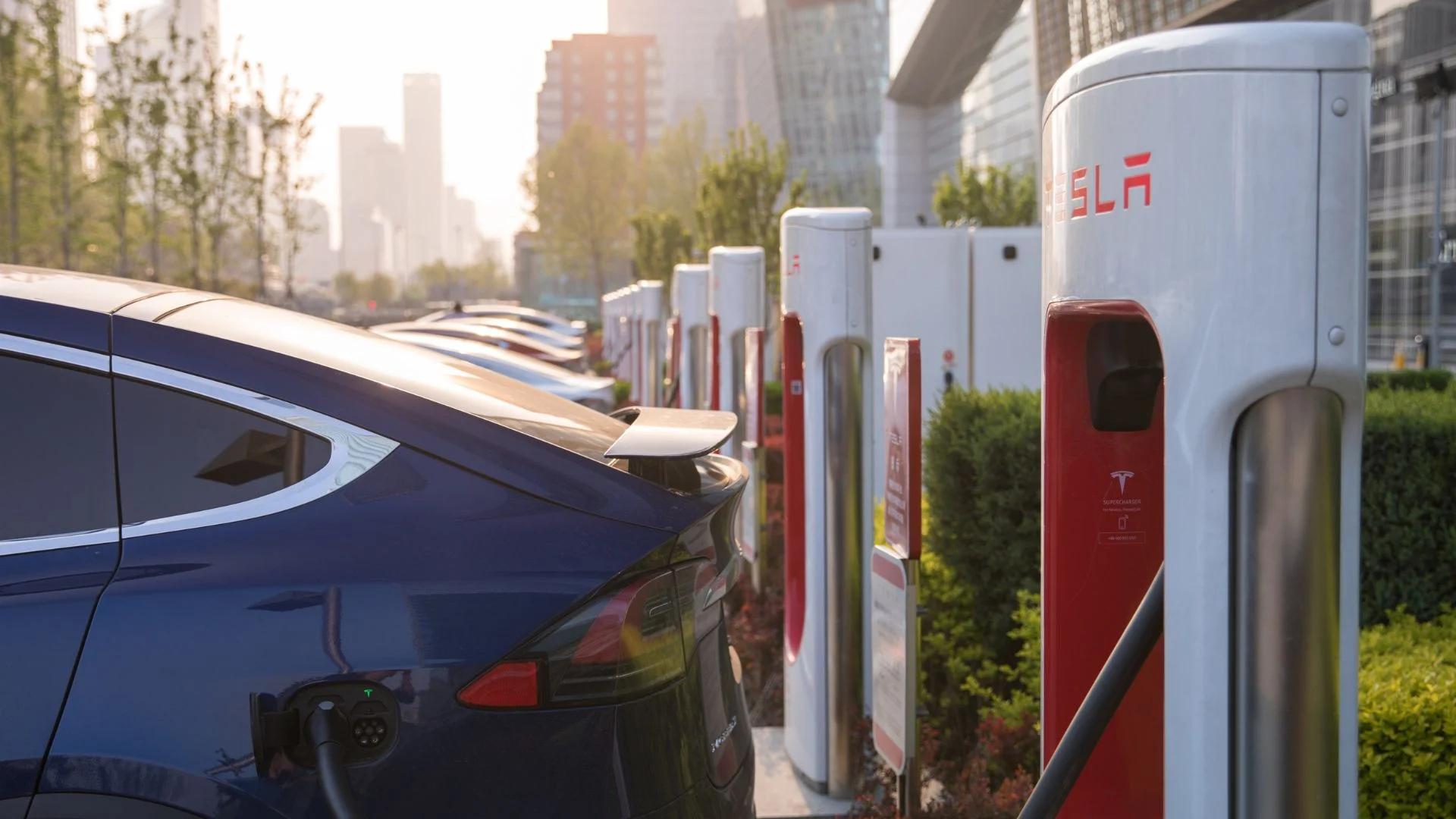
Financial analysts are divided on the implications of Tesla’s layoffs. Some believe the cuts are a prudent measure to streamline operations and reduce costs, such as Wedbush Securities’ Dan Ives, who noted the layoffs as an”unfortunately necessary move.”
However, others interpret the layoffs as a signal of underlying issues within the company.
Layoffs in the Automotive Industry

Tesla’s layoffs are not unique in the automotive industry, with companies like General Motors and Ford also announcing significant reductions. However, Tesla’s approach appears more aggressive and sustained over several weeks.
This raises questions about the company’s internal challenges compared to its peers.
Fisker Faces Bankruptcy

Fisker, once a promising player in the electric vehicle market, is now facing bankruptcy. The California-based company, which was valued in the billions, struggled with production issues and financial mismanagement.
Fisker’s potential bankruptcy highlights the volatility and challenges within the EV industry. Tesla’s current layoffs might be seen in the context of avoiding a similar fate, emphasizing the importance of financial prudence and operational efficiency in a highly competitive market.
Rivian Avoids Bankruptcy (For Now)
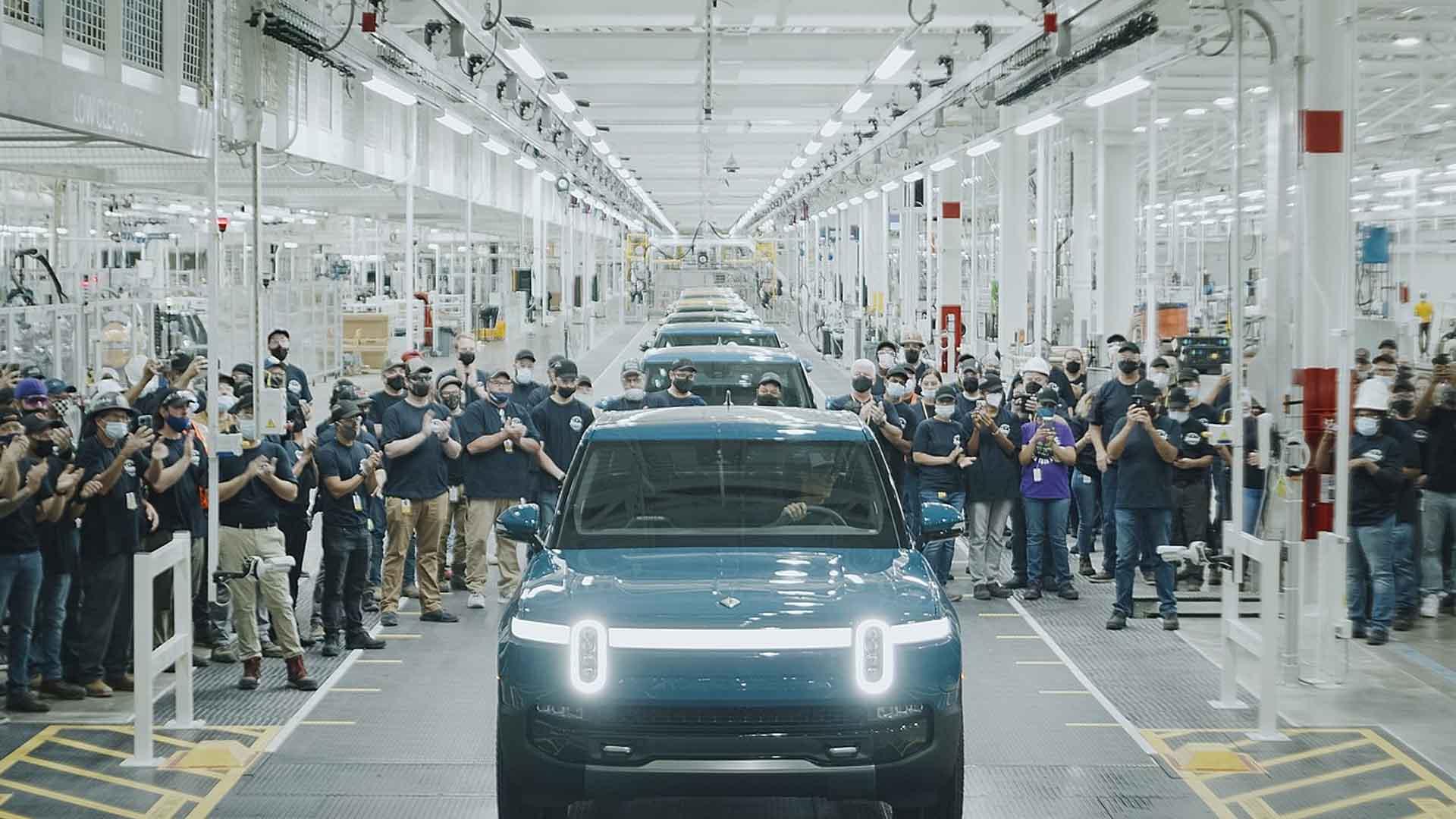
Rivian, another notable player in the electric vehicle market, has managed to avoid bankruptcy despite facing significant financial challenges. Unlike Fisker, Rivian has secured substantial investments and strategic partnerships, allowing it to stay afloat.
This situation shows the critical role of robust financial backing and effective management in the EV industry’s survival. Tesla’s layoffs might be a preemptive measure to ensure long-term stability and prevent financial distress similar to what Rivian narrowly avoided.
Tech Industry Workforce Reductions

In addition to the automotive sector, the tech industry has also seen major workforce reductions, with companies like Amazon and Google making similar announcements. Tesla’s approach to layoffs, though, seems distinct in its intensity and duration.
Comparing Tesla’s strategy with these tech giants highlights different management philosophies and operational challenges. This comparison can shed light on whether Tesla’s layoffs are part of a broader industry trend or driven by specific internal factors.
Industry Trends Towards Leaner Operations

Tesla’s recent layoffs might be part of a larger industry trend towards leaner operations. Companies across various sectors are focusing on efficiency and cost reduction in response to economic pressures and regulatory changes in oversight.
Tesla’s strategy may reflect this broader shift, aiming to streamline operations and eliminate redundancies. By understanding these industry-wide trends, we can better contextualize Tesla’s actions within the current economic landscape and competitive environment.
Streamlining Operations for Efficiency
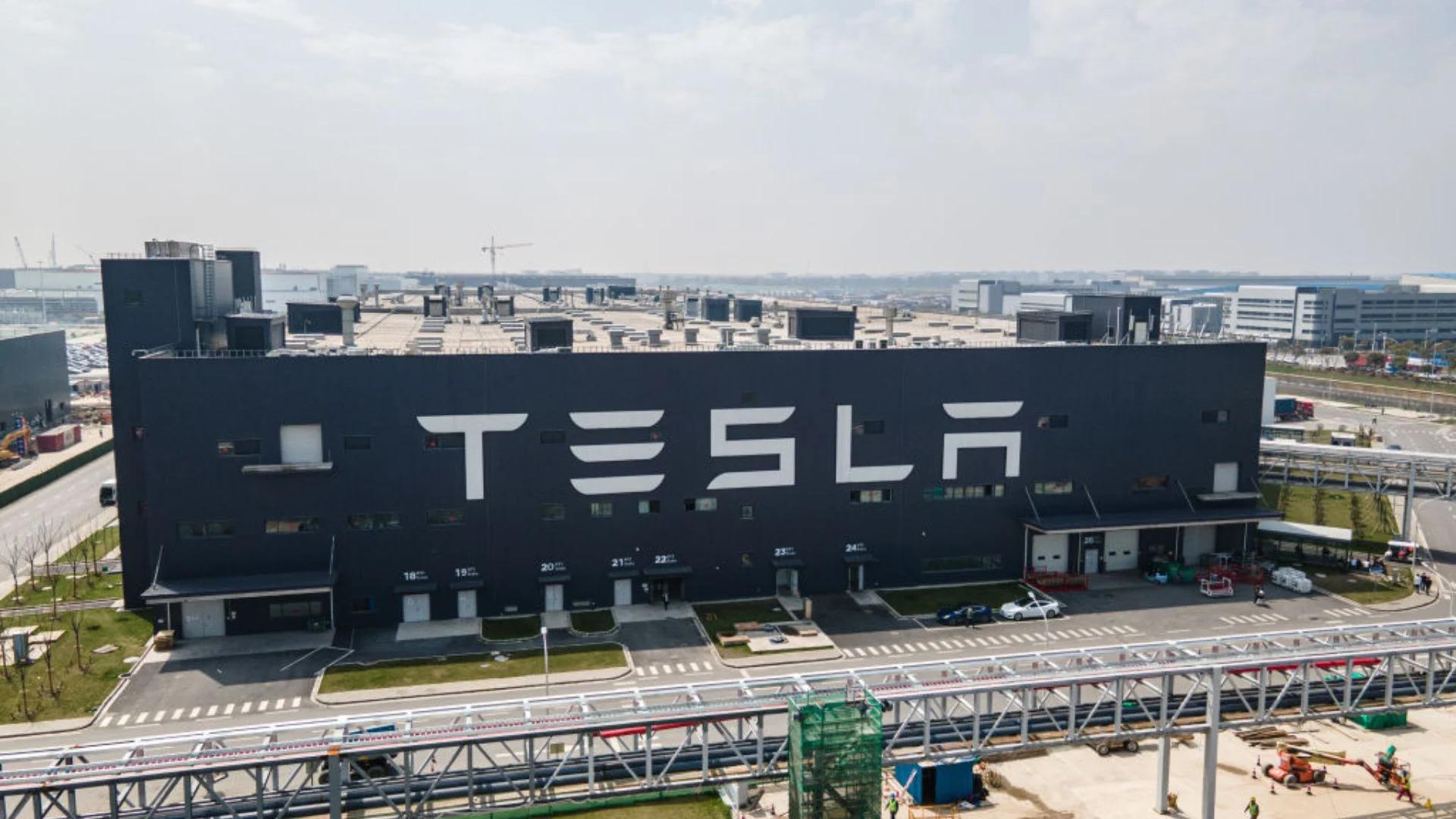
Elon Musk’s emphasis on efficiency and lean operations appears to be a driving force behind the layoffs. By reducing headcount, Tesla aims to streamline its operations and eliminate redundancies.
This strategy aligns with Musk’s long-term vision of maintaining a nimble and agile company structure. Understanding this strategic shift can provide insights into how Tesla plans to sustain its growth and innovation while managing operational costs.
Focus on Profitable Ventures

Speculation is growing that Tesla might be repositioning itself to focus on more profitable ventures, such as energy solutions and autonomous driving technologies.
The layoffs could be part of a broader strategy to redirect resources towards these high-margin areas. By concentrating on these core areas, Tesla aims to enhance its profitability and competitive advantage.
Future Direction and Priorities
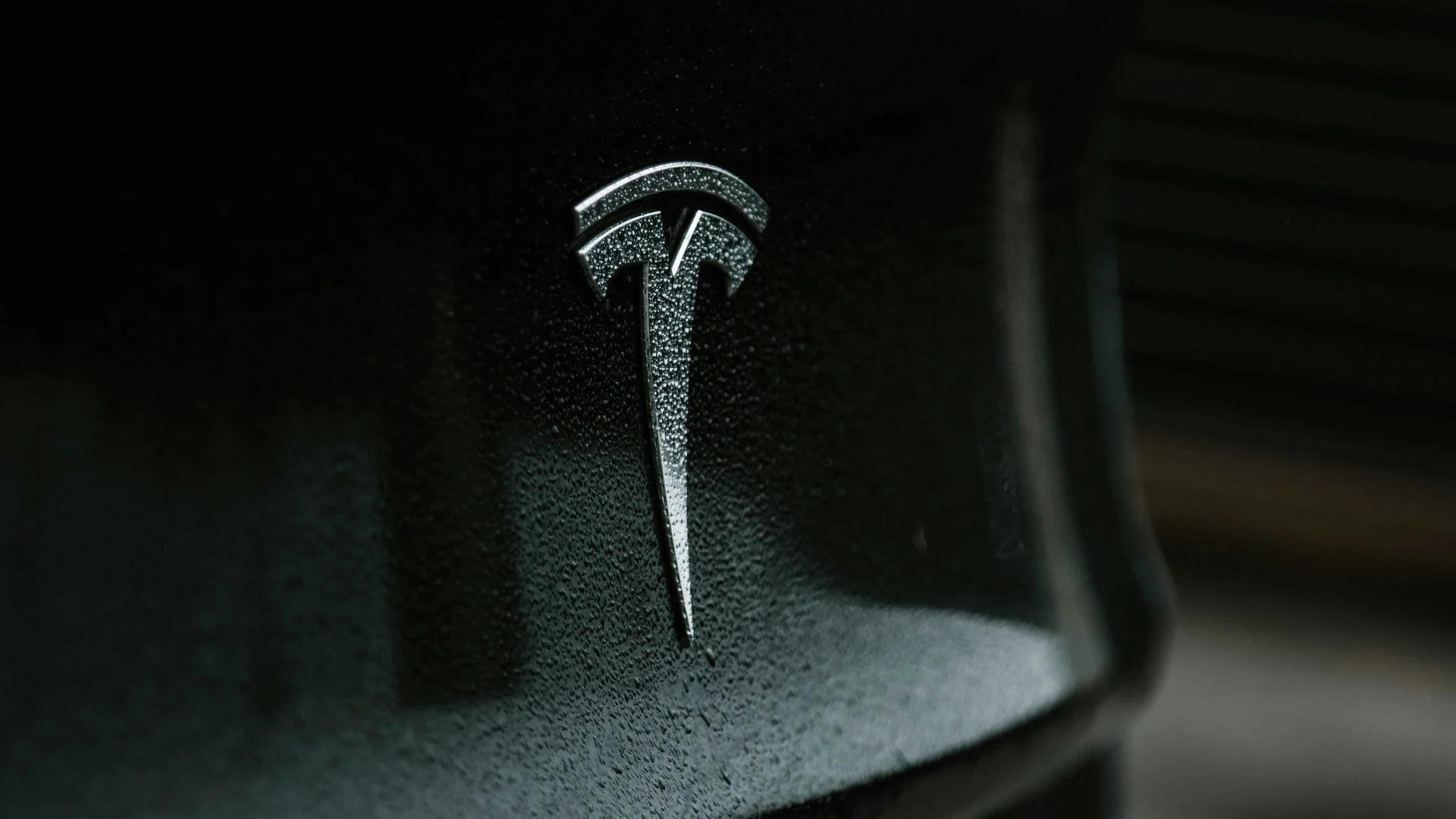
The recent layoffs suggest significant shifts in Tesla’s long-term vision and priorities. As the company adjusts its workforce, it is likely realigning its strategic goals to focus on areas with the highest growth potential.
Understanding these priorities can provide a clearer picture of Tesla’s future direction. Investors and industry observers are keenly watching how these changes will impact Tesla’s overall performance and market leadership in the coming years.

